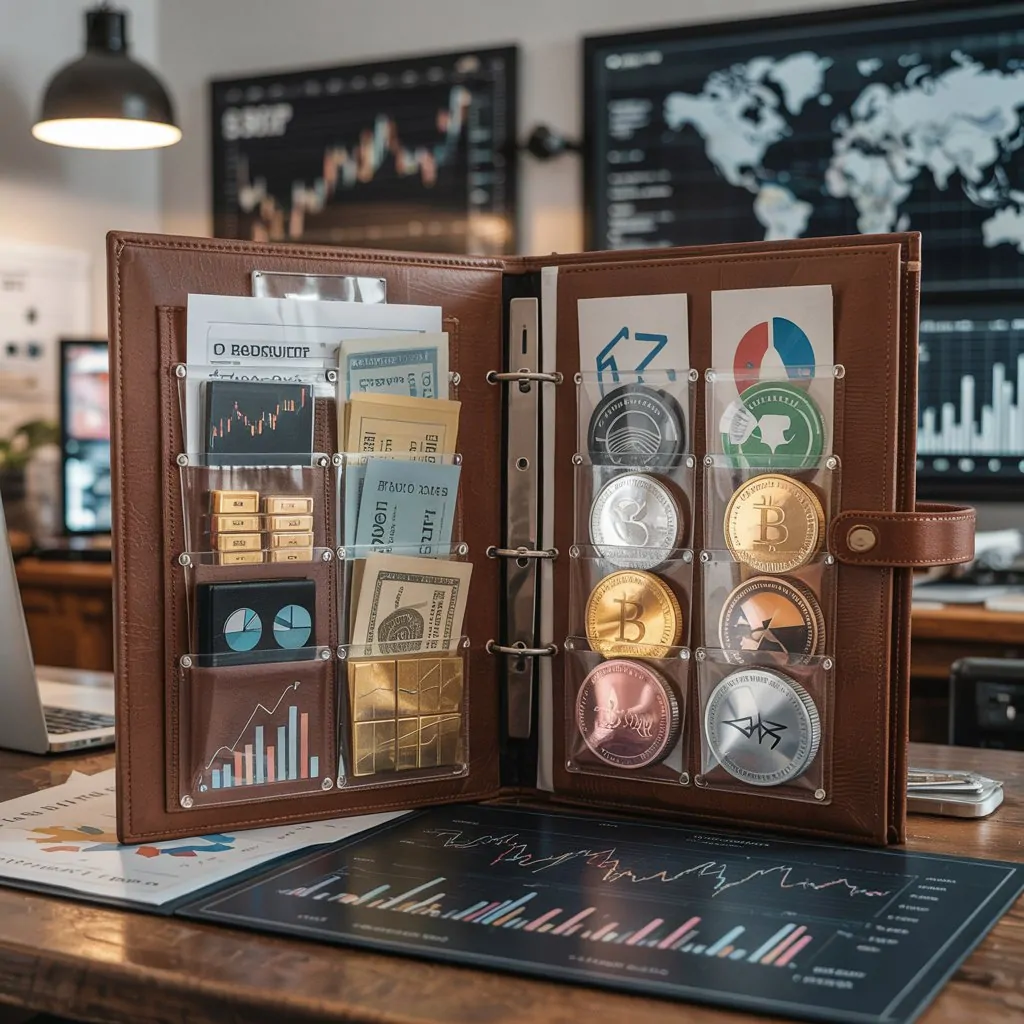How to choose the right assets for trading
When it comes to trading, one of the most important decisions you’ll make is choosing the right assets. The success of your trading strategy depends heavily on which assets you trade and how well you understand them. In this article, we’ll walk you through the process of choosing assets, and offer tips to help you make informed decisions.

Understanding the basics of trading assets
Before diving into how to choose assets, let’s first understand what assets in trading are. In simple terms, assets are the financial products that you trade. These can include stocks, bonds, commodities, currencies, and even cryptocurrencies. Each asset class has its own characteristics and behaves differently in the market. For instance, stocks can be volatile and are influenced by company performance, while commodities like gold tend to be more stable and act as a hedge against inflation.
When you start trading, it’s important to know the types of assets that you feel most comfortable with. For example, if you have an interest in technology and closely follow tech companies, trading stocks in this sector may feel more natural. Similarly, if you are familiar with economic trends and want to hedge against market volatility, commodities like gold may be an option.
Diversifying your portfolio
One of the key principles of trading is diversification. This means spreading your investments across different types of assets in order to reduce risk. By doing this, if one asset performs poorly, others may perform well and help offset the loss.

A diversified portfolio might look like this:
- Stocks in different sectors (technology, healthcare, finance)
- Commodities such as gold or oil
- Bonds for more stable returns
- Cryptocurrencies for higher-risk, higher-reward investments
This balance can help ensure that you’re not overly reliant on one asset type, which can be risky if the market turns. For example, during the COVID-19 pandemic, the stock market faced significant declines, but the price of gold and some cryptocurrencies increased. Having a diversified portfolio can help mitigate such risks.
Factors to consider when choosing assets
When deciding which assets to trade, there are several factors to consider that will influence your choices:
- Risk tolerance. Every trader has a different level of comfort with risk. Some assets, like cryptocurrencies, can be highly volatile, while others, like government bonds, are considered much safer. Understanding your own risk tolerance will help you select assets that align with your goals.
- Market conditions. The performance of certain assets is closely tied to market conditions. For example, stocks in consumer goods sectors may perform well during economic expansions, while energy stocks might thrive during periods of rising oil prices. Keeping an eye on the economic environment and market trends can help you choose assets that are likely to benefit from current conditions.
- Time horizon. Are you looking for short-term gains, or are you planning to hold assets for the long run? If you’re a day trader, you might prefer assets that are more liquid and volatile, such as stocks or forex. Long-term investors might focus on stable assets like bonds or index funds.
Examples of different assets to trade
Let’s take a look at some common asset types and discuss their pros and cons:
- Stocks. Trading stocks allows you to invest in companies you believe in. For example, if you think that electric vehicles are the future, you might invest in companies like Tesla. Stocks offer high potential returns but also come with high volatility. If you don’t stay informed, stock prices can fluctuate drastically in short periods of time.
- Commodities. Assets like gold, oil, or agricultural products are considered commodities. These assets can act as a hedge against inflation and are less correlated with traditional stock markets. For instance, when stock markets are crashing, gold often rises. However, commodities can also be affected by geopolitical events and changes in supply and demand.
- Cryptocurrencies. Cryptocurrencies like Bitcoin and Ethereum are popular for traders looking for high-risk, high-reward opportunities. While these assets have seen massive price increases in the past, they are also highly volatile. It’s crucial to understand the technology behind them and the factors influencing their prices.
- Forex (Foreign Exchange). Trading forex involves buying and selling currencies. This market operates 24 hours a day, and its liquidity allows for many opportunities to profit. The forex market is influenced by interest rates, geopolitical events, and economic data. If you understand global economies, forex can be a great asset class to trade.
Final thoughts: making the right choice
Choosing the right assets for trading is about understanding your own financial goals, risk tolerance, and market conditions. It’s crucial to do your research, keep an eye on trends, and choose assets that match your trading style.
Remember, trading isn’t just about picking the asset with the highest potential return — it’s also about managing risk and making informed decisions. Diversifying your portfolio, staying updated on market news, and using tools like technical analysis can help guide your choices. By making strategic decisions, you can increase your chances of success in the world of trading.
By following these principles and carefully considering your options, you’ll be in a better position to choose the right assets for your trading portfolio.